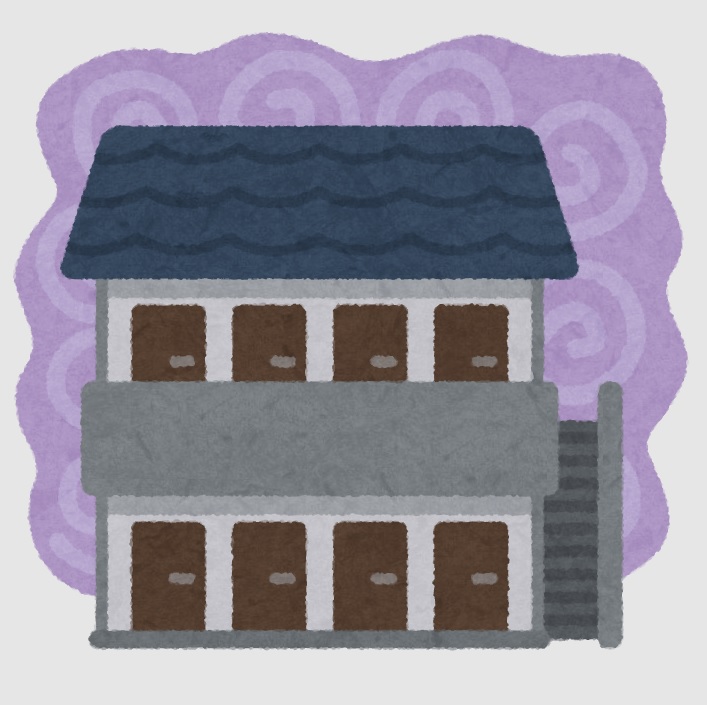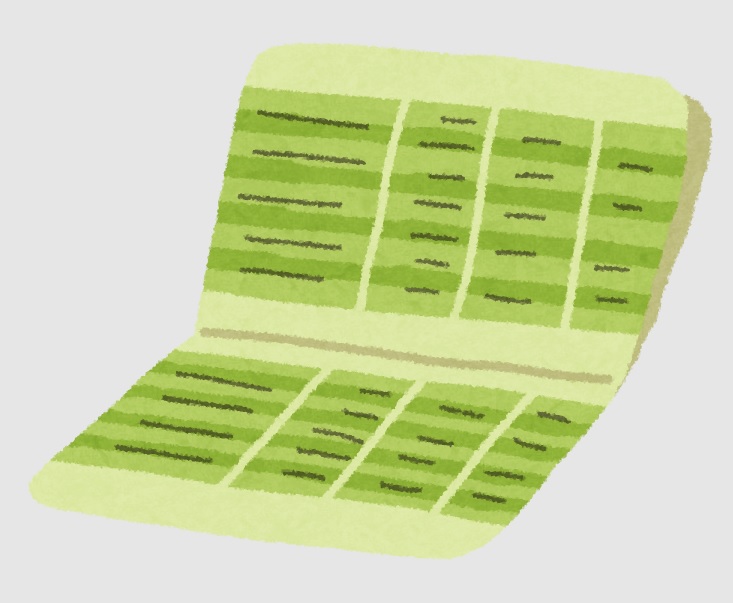「ボッタクリアパート|サブリースの罠にご注意!かぼちゃの馬車事件から学ぶリスク」
今日は【守る力】
サブリースの罠に注意
というお話をします。
不動産投資の中でも
シェアハウス投資(サブリース)
というものについてお話しします。
かなりの被害を出した
『かぼちゃの馬車事件』について
お話ししようと思います。
●かぼちゃの馬車
ご存知でしょうか?
女性専用シェアハウス投資です。
タレントのベッキーさんが
CMに出演されていました。
女性向けのシェアハウス投資。
スマートデイズという会社が土地を取得して
大体1棟1〜1.5億円のシェアハウスを
建てて販売するという事をしていました。
(スマートデイズ 赤間健太社長)
販売先は
サラリーマン投資家の人に向けて
販売していました。
30年間一括借り上げ=サブリース
というのを謳ってました。
「家賃をスマートデイズが補償します」
を謳い文句にやってたんですけど
それが途中で破産してしまったんです。
購入したサラリーマンには
借金だけが残り破産に追い込まれました。
●何が問題だったのか?
サブリース契約の罠ですね。
サブリースというものが
悪い訳ではないんですけど
このサブリースというのは
結構これを使った悪い投資商品とかに
ダマされやすいのでお気をつけいただきたい。
そもそもサブリースとは何なのか?
一括借り上げの家賃補償ですね。
一括借り上げ。
そんなに難しい仕組みではなく
アパートやマンションのオーナー=家主がいて
普通は入居者さんを
不動産仲介業者が
部屋それぞれに付けていく訳ですが
そうではなくて
このサブリースというのは
家主が一括してこのサブリース会社に
全部の部屋を貸すんですよね。
建物ごと貸す。
今回のケースは
スマートデイズという会社に
家主が一括して貸して
このサブリース会社が
入居者を付けていく。
特徴は家主からすると
毎月固定で家賃が入るので
楽なんですよね。
普通だったら
入居者Aさんが抜けた時に
その分家賃が減っちゃうんですけど
この場合だと
サブリース会社と家主の契約なので
AさんとかBさんが抜けても
一応理屈上はサブリース会社との契約なので
家賃が減らない。
入居者とのやりとりがなくて楽で
家主が貸してるのはサブリース会社であって
入居者に又貸しして
やりとりしていくのは
サブリース会社です。
ではサブリース会社は
何のために入るのかというと
家主と入居者との家賃の差額で儲ける。
例えば
本当だったら仮に一部屋家賃が10万円するところ
一部屋家賃9万円でサブリース会社が家主から借りる。
この入居者たちには10万円で貸していく。
この1万円ずつの差額の分で
サブリース会社というのは儲ける。
この仕組み自体が悪い訳ではない。
●ポンジスキームみたいなもの
シェアハウスが
相場の値段で建ってたら
別に問題無かったんですけど
仮に1億円で建てられるアパートを
1.5億でサラリーマン投資家を狙って
スマートデイズが販売する。
要は非常に高い金額で
ボッタクリみたいな金額で販売する。
すると
相場より家賃が高くなってしまう
じゃないですか。
オーナーからすると
高い価格で買ってしまってるから
高い家賃で募集する。
入居者は相場より高いので
誰も入らない。
ここはサブリース会社
=スマートデイズが補償するから
大丈夫です
という建前で
サラリーマン大家さんや投資家に
売りつけてたんですよね。
ただ実際には誰も入らないんですよね。
こうなるとサブリース会社が
困るじゃないですか。
家主には固定の金額を
払わなければならない。
入居者が1人しか
入っていない状況であれば
サブリース会社は困る。
だからサブリース会社は
資金繰りに困って
どうしたかというと
ドンドン新しいアパートを
建てていった。
要は高いボッタクリアパートを
建てていった。
それでドンドン
サラリーマン達に銀行融資を受けさせて
売りつけていった。
そこの儲けを先の
投資家達の家賃補償にあてていった。
ポンジスキームみたいなものです。
その物件を買うには
普通のサラリーマンであれば
1億円も用意出来ない。
だから銀行に融資をさせてた。
しかし
その銀行が融資をしなくなった途端に
破綻したんですね。
~~~つづく~~~
Special Thanks college president Ryo.
●おまけ
≪≪Chat-GPTくんによる要約→perplexityちゃんによる文章まとめ≫≫
このビデオでは、不動産投資、特にシェアハウス投資(サブリース)の危険性について解説されています。代表的な事例として「かぼちゃの馬車事件」が挙げられます。この事件では、スマートデイズという会社が女性専用シェアハウスを1〜1.5億円で販売し、サラリーマン投資家に30年間の一括借り上げを約束しました。
サブリースの仕組みは、家主がサブリース会社に建物全体を貸し出し、会社が入居者を見つけるというものです。家主は固定の家賃収入を得られる利点がありますが、問題は高額な物件販売にあります。相場よりも高い家賃設定のため、入居者が集まらず、サブリース会社は資金繰りに苦しむことになります。
最終的に、銀行からの融資が止まると、スマートデイズは破綻し、多くの投資家が借金を抱える結果となりました。この事件は、サブリース契約のリスクを警告する重要な教訓となっています。投資家は慎重に検討し、信頼できる情報をもとに判断することが求められます。
≪≪Chat-GPTくんによる英訳≫≫
Today, I want to talk about “The Power to Protect” and the dangers of sublease schemes.
I will be discussing a specific type of real estate investment, share house investment (sublease).
In particular, I want to talk about the “Pumpkin Carriage Scandal,” which caused significant damage.
【Pumpkin Carriage】
Have you heard of it?
It was an investment in women-only share houses.
The celebrity Becky appeared in the commercials for it.
This was an investment targeting women.
A company called Smart Days acquired land and constructed share houses, each costing around 100 to 150 million yen, and then sold them.
Nikkei Link
(Smart Days CEO Kenta Akama)
The target customers were salaried investors.
They promoted a “30-year master lease,” also known as a sublease.
Their selling point was, “Smart Days guarantees the rent.”
However, the company eventually went bankrupt.
The salaried investors were left with only debt and were driven into bankruptcy.
【What was the problem?】
The trap of sublease contracts.
Subleasing itself isn’t necessarily bad, but it can be easily used in bad investment schemes, so caution is needed.
So, what exactly is a sublease?
It’s a master lease with guaranteed rent.
Master leasing isn’t a complicated system.
Normally, the owner of an apartment or building rents out individual units to tenants through a real estate agent.
But with a sublease, the owner rents out all the rooms to the sublease company in one go.
In this case, the owner rented the building to Smart Days, and the sublease company would find tenants.
For the owner, the advantage is that they receive fixed rent every month, which makes it easy.
Normally, if Tenant A moves out, the rent decreases accordingly.
But in this case, since the contract is with the sublease company, even if Tenant A or B moves out, theoretically, the rent to the owner doesn’t decrease.
The owner doesn’t have to deal directly with tenants because the sublease company is their tenant, and the sublease company handles all the interactions with the tenants.
So how does the sublease company profit? They make money from the rent difference between the owner and the tenants.
For example, if the rent for a unit is supposed to be 100,000 yen, the sublease company rents it from the owner for 90,000 yen.
Then, they lease it to tenants for 100,000 yen.
The sublease company makes a profit from this 10,000 yen difference.
This system itself isn’t inherently bad.
【The Problem】
If the share houses were built at market value, there wouldn’t have been an issue.
But in this case, apartments that could be built for 100 million yen were sold to salaried investors by Smart Days for 150 million yen.
In other words, they were sold at an extremely inflated price, like a rip-off.
This led to rents that were higher than the market rate.
Since the owners had bought these properties at such high prices, they had to charge higher rents to recoup their investment.
However, because the rents were above the market rate, no one wanted to move in.
Even so, the sublease company, Smart Days, assured the owners that it would be fine because they guaranteed the rent.
They sold this idea to salaried landlords and investors.
But in reality, no one moved in.
This put the sublease company in a difficult position.
They had to pay the owners a fixed amount of rent regardless of the situation.
If only one tenant occupied the property, the sublease company would struggle financially.
To solve this problem, they continued to build more apartments.
In other words, they kept building overpriced, rip-off apartments.
They made salaried workers take out bank loans and sold them these properties.
The profits from these new sales were used to cover the rent guarantees for earlier investors.
It was essentially a Ponzi scheme.
MCFM Link
Most ordinary salaried workers wouldn’t be able to come up with 100 million yen to buy these properties.
So, they were made to take out bank loans.
However, once the banks stopped lending, the whole scheme collapsed.
Special Thanks OpenAI and Perplexity AI, Inc


